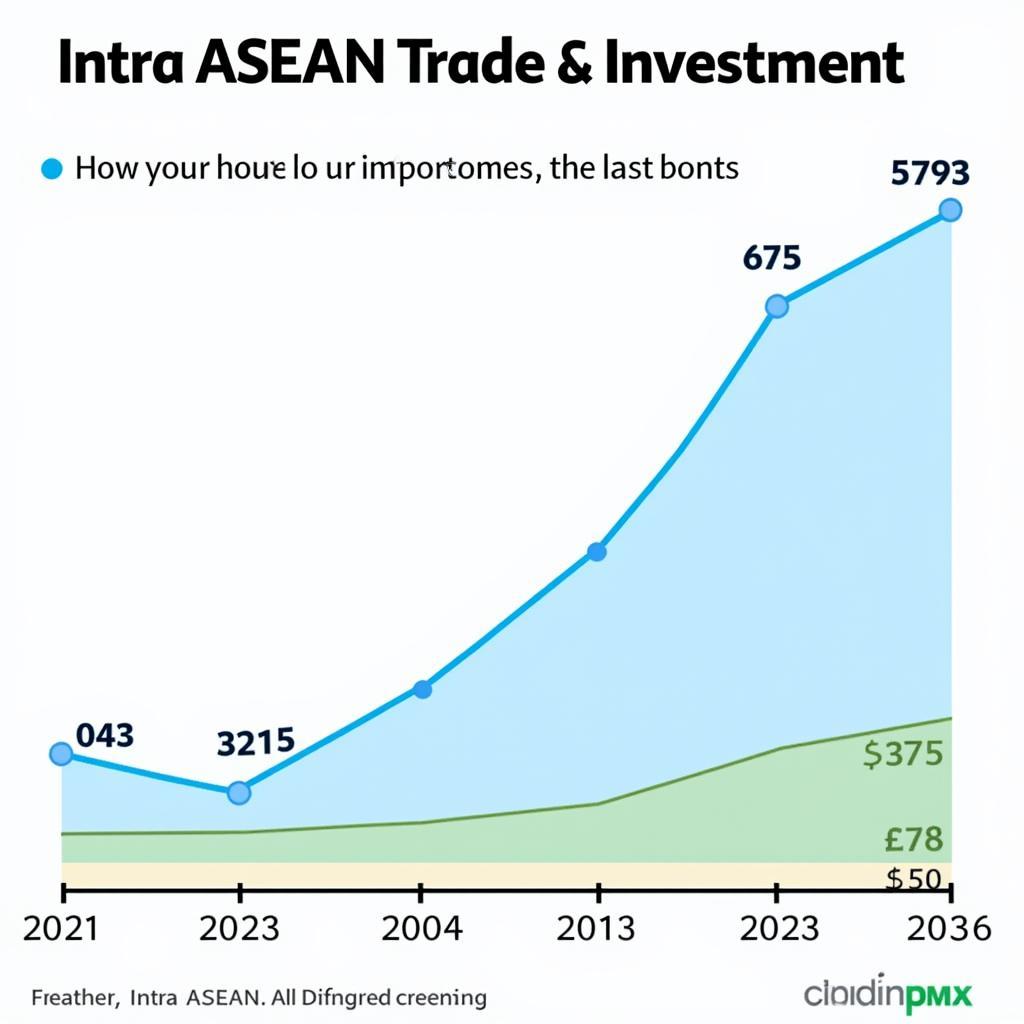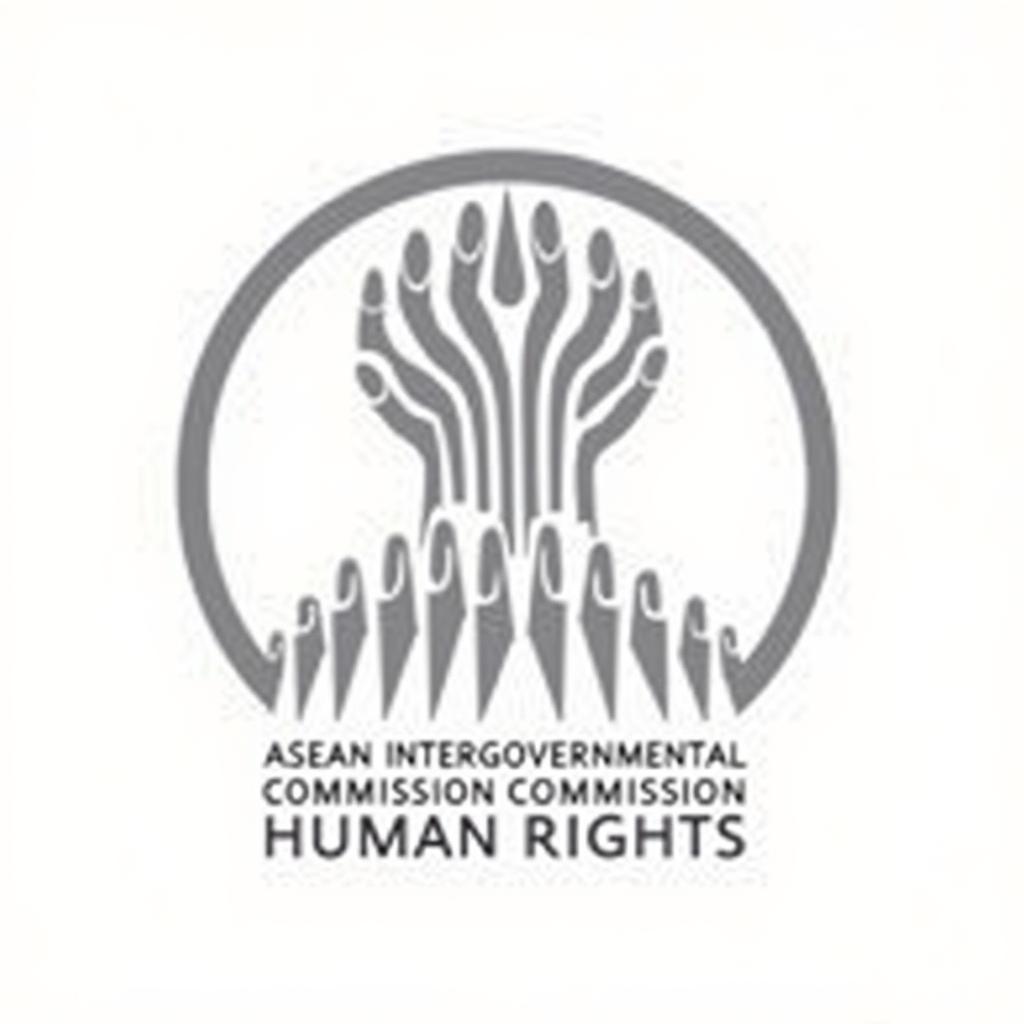The formation of ASEAN in 1967 was a pivotal moment in Southeast Asian history. This article explores the key factors that led to the creation of this influential regional bloc, examining the historical context, political motivations, and economic considerations behind its establishment. amrutha publications ase
The Seeds of Unity: A Post-Colonial Landscape
The mid-20th century saw Southeast Asia emerging from the shadows of colonialism. Newly independent nations grappled with internal conflicts, political instability, and the looming threat of communism. This volatile environment fostered a growing recognition of the need for regional cooperation. The desire to forge a common front against external pressures and promote stability within the region became a driving force behind the creation of ASEAN.
Navigating the Cold War: A Shared Concern
The Cold War played a significant role in the formation of ASEAN. The spread of communism in Indochina was a major concern for many Southeast Asian nations. By banding together, these countries aimed to create a buffer zone against communist influence and maintain their own political independence. This shared security concern provided a powerful impetus for regional cooperation.
Economic Cooperation: A Catalyst for Growth
Beyond political and security considerations, economic factors also contributed to ASEAN’s creation. The region recognized the potential benefits of enhanced trade and economic cooperation. By fostering closer economic ties, ASEAN members hoped to accelerate economic development, improve living standards, and create a more integrated regional economy. asean bank ranking 2018
 ASEAN Economic Cooperation and Growth
ASEAN Economic Cooperation and Growth
What were the main objectives behind the creation of ASEAN?
The primary objectives were to accelerate economic growth, social progress, and cultural development in the region through joint endeavors, to promote regional peace and stability, and to collaborate more effectively on matters of mutual interest.
From Bangkok to Present: The Evolution of ASEAN
The signing of the Bangkok Declaration in 1967 marked the official birth of ASEAN. Initially comprising five founding members – Indonesia, Malaysia, the Philippines, Singapore, and Thailand – the organization has since expanded to include Brunei, Vietnam, Laos, Myanmar, and Cambodia. Over the decades, ASEAN has evolved from a primarily political and security-focused organization to a more comprehensive regional bloc encompassing economic, social, and cultural cooperation. ase common
How has ASEAN’s role changed over time?
ASEAN has evolved from its initial focus on political and security cooperation to encompass a broader range of issues, including economic integration, social development, and cultural exchange. It has become a key player in regional and international affairs.
 ASEAN Expansion and Evolution
ASEAN Expansion and Evolution
“The establishment of ASEAN was a testament to the foresight and wisdom of its founding fathers. They understood the power of unity in a fragmented world,” observes Dr. Anya Sharma, a prominent Southeast Asian historian. “Their vision has shaped the trajectory of the region and continues to inspire greater cooperation and integration.”
Why ASEAN Matters: A Force for Regional Stability
ASEAN has played a crucial role in maintaining peace and stability in Southeast Asia. It has provided a platform for dialogue and diplomacy, helping to resolve disputes and prevent conflicts among member states. The organization’s commitment to peaceful conflict resolution has contributed significantly to the region’s overall development. asean acroym
“ASEAN’s ability to bring diverse nations together to address shared challenges is a remarkable achievement,” notes Dr. Wei Ming, an expert in international relations. “The organization’s success in fostering regional cooperation offers valuable lessons for other parts of the world.”
Conclusion: ASEAN’s Enduring Legacy
Why was ASEAN created? The answer lies in the complex interplay of historical, political, and economic factors that shaped the region in the mid-20th century. From its origins as a bulwark against communism to its current role as a driver of economic integration, ASEAN has proven to be a vital force for regional stability and development. The organization’s continued commitment to cooperation and dialogue promises a brighter future for Southeast Asia. when was asean created
FAQ
- When was ASEAN established? (1967)
- What are the main goals of ASEAN? (Regional peace, economic growth, social progress)
- How many member states are there in ASEAN? (10)
- Who were the founding members of ASEAN? (Indonesia, Malaysia, the Philippines, Singapore, and Thailand)
- What is the significance of the Bangkok Declaration? (It marked the official establishment of ASEAN)
- How does ASEAN promote regional stability? (Through dialogue, diplomacy, and conflict resolution)
- What is ASEAN’s role in the global economy? (Promoting economic cooperation and integration within the region)
When in need of assistance, please contact us by Phone: 0369020373, Email: [email protected], or visit our office at Ngoc Lien Village, Hiep Hoa, Bac Giang, Vietnam. We offer 24/7 customer service.


